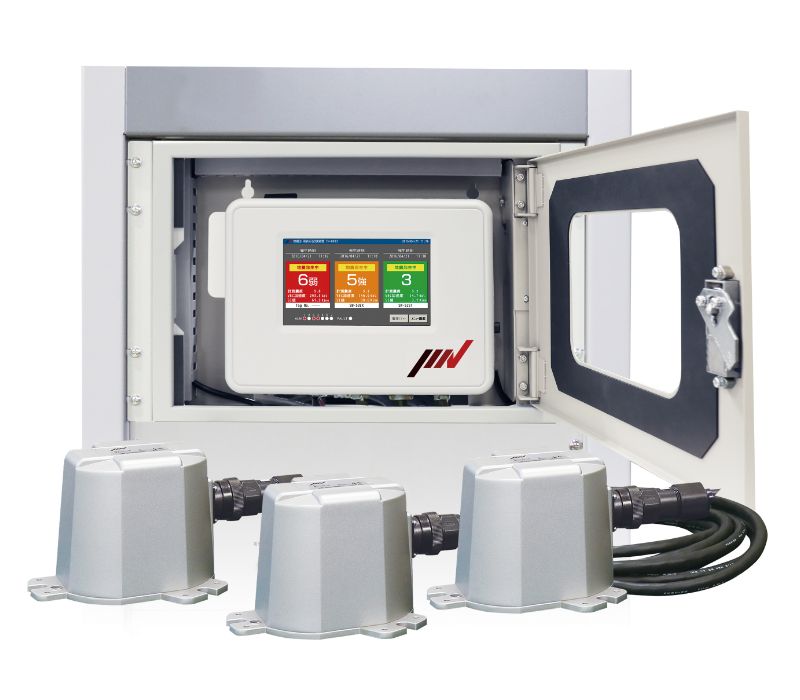
Image Source: Google
Natural disasters such as earthquakes can strike with little to no warning, causing widespread destruction and loss of life. In order to mitigate these risks, it is crucial to have a robust seismic monitoring system in place. By detecting and analyzing seismic activity, we can better understand the earth's movements and enhance our ability to predict and prepare for potential disasters. This article explores the significance of the best seismic monitoring system and why it is essential in safeguarding lives and infrastructure.
The Basics of Seismic Monitoring
Seismic monitoring involves the continuous detection, recording, and analysis of vibrations in the Earth's crust. These vibrations, known as seismic waves, are generated by various natural and artificial events, with earthquakes being the most significant source. Seismometers are the primary instruments used to detect these vibrations, and they are strategically placed around the world to provide comprehensive coverage of seismic activity.
Key components of a seismic monitoring system include:
- Seismometers: Devices that measure ground motion and detect seismic waves.
- Seismic sensors: Instruments that convert ground motion into electrical signals for analysis.
- Data acquisition systems: Technology used to collect, store, and transmit seismic data.
- Seismic networks: A network of interconnected monitoring stations that work together to monitor seismic activity.
The Importance of Early Warning Systems
One of the primary benefits of a seismic monitoring system is the ability to provide early warnings of impending earthquakes. By detecting the initial seismic waves generated by an earthquake, scientists can quickly assess the magnitude and location of the event, allowing for timely alerts to be issued to at-risk communities. These early warning systems can provide vital seconds to minutes of preparation, enabling individuals to take cover, evacuate buildings, and avoid dangerous situations.
The advantages of early warning systems include:
- Reduced casualties and injuries by giving people time to seek safety before the shaking intensifies.
- Minimized infrastructure damage by allowing for automated shutdowns of critical systems.
- Enhanced emergency response coordination by enabling authorities to mobilize resources in advance.
- Increased public awareness and preparedness through education and drills.
Monitoring Earthquake Activity and Fault Lines
In addition to providing early warnings, a seismic monitoring system plays a crucial role in monitoring ongoing earthquake activity and studying fault lines. By analyzing seismic data over time, scientists can identify patterns, trends, and variations in earthquake behavior, leading to a better understanding of seismic hazards in a specific region. This information is essential for assessing the risk of future earthquakes, determining building codes, and planning emergency response strategies.
Key aspects of monitoring earthquake activity and fault lines:
- Identifying seismically active regions and fault lines prone to earthquakes.
- Measuring the frequency, magnitude, and depth of earthquakes to assess their impact.
- Monitoring aftershocks and foreshocks to anticipate potential seismic activity.
- Mapping geological structures and fault lines to predict earthquake behavior.
Enhancing Resilience and Preparedness
By investing in a comprehensive seismic monitoring system, communities can enhance their resilience and preparedness for earthquakes and other seismic events. This proactive approach enables governments, emergency services, and the public to develop effective response plans, implement safety measures, and allocate resources based on scientific data and risk assessments. Ultimately, a seismic monitoring system empowers individuals and organizations to mitigate the impact of earthquakes and safeguard lives and infrastructure.
Ways in which seismic monitoring enhances resilience and preparedness:
- Improving building codes and construction practices to withstand seismic forces.
- Developing evacuation plans and emergency protocols for at-risk areas.
- Training first responders and conducting drills to simulate earthquake scenarios.
- Implementing public awareness campaigns to educate communities about earthquake risks.